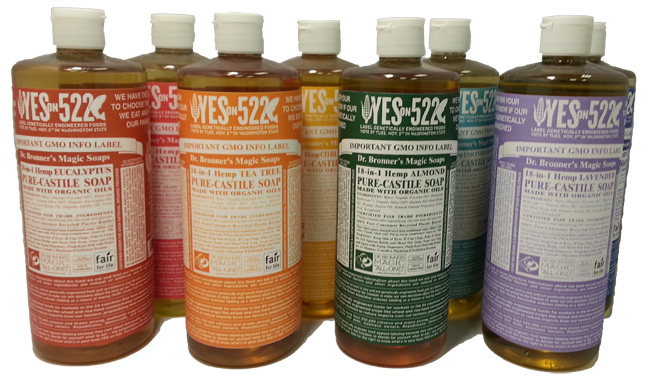Send your question to Umbra!
Q. Dear Umbra,
Although I set up our town’s recycling system and have followed updates in the waste management field with interest, I was at a loss when my neighbor asked me what to do with dog doo-doo. I know it’s not great for our gardens, and therefore not a superb compost amendment. Can you give us some ideas?
Jule A.
Slave Lake, Alberta
A. Dearest Jule,
How wonderful to hear from a fellow waste-management enthusiast. I thought the latest issue of Municipal Excrement Weekly was divine, didn’t you?
Jule, you are right that dog waste presents environmental concerns. The average canine produces three-quarters of a pound of fecal matter every day. That makes for 274 pounds of unpleasantness each year — which, besides its obvious drawbacks, is crawling with pathogens such as Giardia, salmonella, E.coli, and (brace yourself) roundworms [PDF]. And since I assume life in your North Country town demands strong, sturdy dogs such as huskies and St. Bernards, your neighbor’s problem may be, as Garrison Keillor would say, above average.
Left uncollected, Fifi’s offerings will eventually run off into local waterways, posing a health threat to pets, wildlife, and humans — including, of course, you and your neighbor — and contributing to oxygen-choking algal blooms in your rivers and perhaps even the lovely lake for which your town is named.
Clearly, leaving the dog’s gifts to slowly decompose into everyone’s least-favorite lawn ornament is not an option. But you are also right that the “doo-doo” is a major don’t among your backyard eggshells and banana peels: Without special attention, a compost bin won’t reach temperatures high enough to kill off the hitchhiking germs. While it is possible to create a dedicated dog-doo compost pile [PDF], such an undertaking is rather labor-intensive and requires sustained vigilance to pull off safely.
Your neighbor also has the option of installing what amounts to a mini dog-poop septic system in his yard. Bury one of these commercial plastic bins out back, toss in the dog’s droppings, add water and powdered enzymes, and viola, Fido’s unmentionables are converted to innocuous organics. It sounds appealing, and at least one of my acquaintances swears by his, but caveat emptor: According to the Washington Department of Ecology [PDF], such systems are compromised by cold weather (below 40 degrees, which I imagine is rather balmy for you hardy Canucks), high water tables, some soil types, and even certain kinds of dog food.
So what is a conscientious dog owner to do? Let’s review our options. To start, there’s the time-honored practice of quarantining the stuff in a plastic bag and tossing it in the trash. As I advised a few years back, one can bring new life to newspaper baggies and other excess plastic this way. It’s perhaps the simplest option and easiest for on-the-go power walks, but as this method still requires the stockpiling of petroleum-based baggies, it’s not the best choice.
Biodegradable bags present a slightly better solution because they’re corn-based rather than oil-based, and theoretically will break down into harmless organic material (though corn plastic presents problems of its own). Unfortunately, not even these baggies will decompose [PDF] quickly in a sealed landfill, so in practice they’re essentially identical to turning your bread bag inside out (but at roughly a quarter a pop).
Then there’s our third bag option: flushable pouches made from a polyvinyl alcohol film that dissolves in water. To use, your neighbor would simply scoop up after his pooch and deposit the whole package in the toilet, where the bag would begin to break down. The offending pathogens will then be blasted into submission by your municipal sewage system’s wastewater treatment plant (but always check with the city — or your septic system provider — first to make sure the system can handle the, um, load).
Of course, there’s no reason bags have to get involved in this dirty task at all. Many municipalities agree that simply flushing the waste is a great bet. Go after the stuff with a wad of toilet paper or a shovel, carry it inside, and send it off to its watery grave. This can get complicated if you have a particularly large pet, more than one dog, or when Fluffy has an upset digestive system. But if your neighbor can stomach it, my money’s on this option.
The bottom line is that dog ownership ups your waste quotient, whether that’s measured in plastic, water, or just plain poop. Your neighbor is to be commended for trying to do the right thing for the planet — and if he hitches his furry friend to a dogsled for his next trip into town, rather than firing up the truck or the snowmobile, he might even come out ahead.
Barkily,
Umbra





